The room was designed with an approach that highlighted bold visual impact rather than long-term adaptability. A statement wall featuring large pink butterfly motifs became the main visual anchor of the space, immediately commanding attention and establishing a playful, highly stylized theme. The wallpaper was chosen for its decorative charm, but its strong personality limited how the rest of the room could evolve over time.
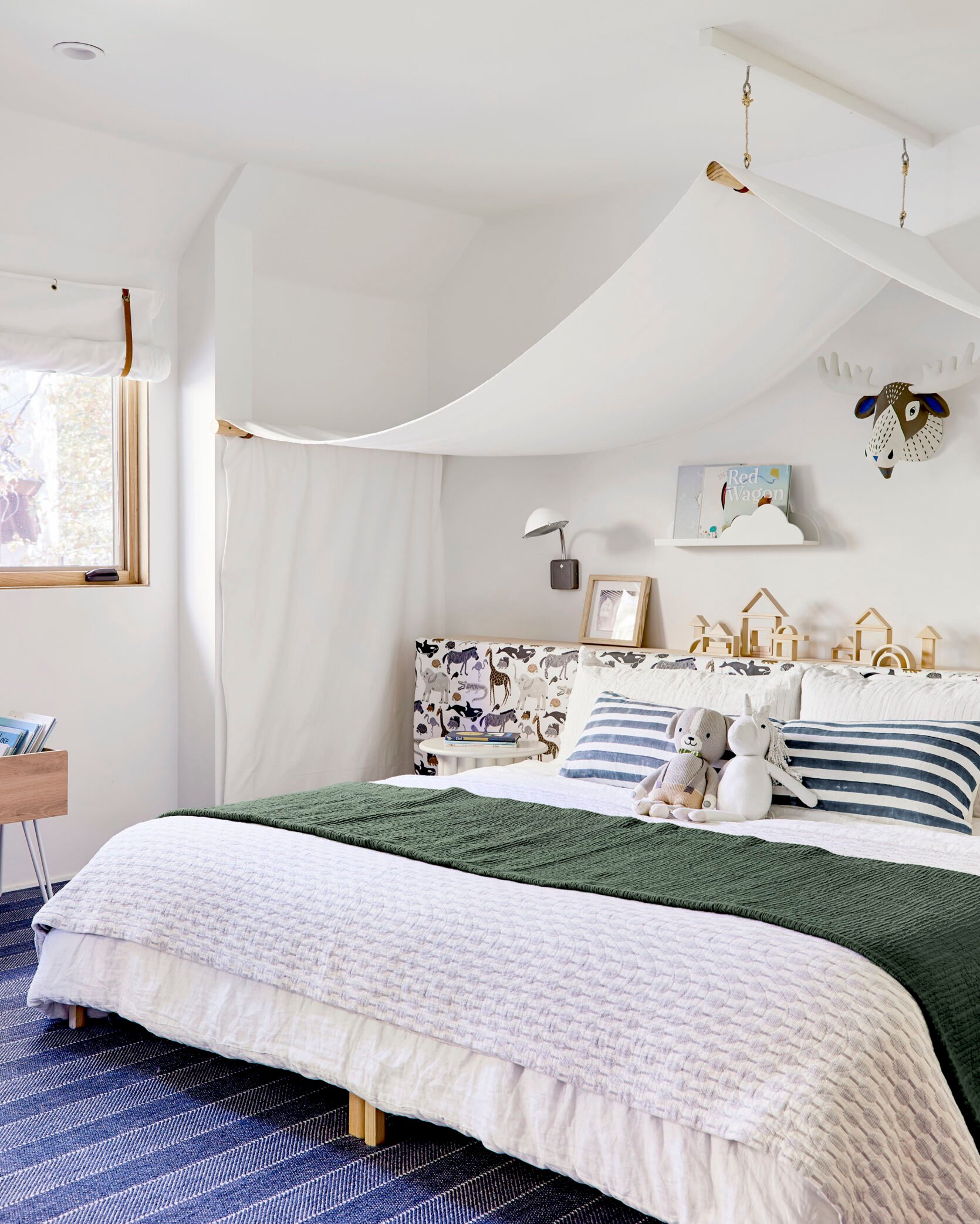
The furnishings followed the same direction, with pieces selected to echo the bright, whimsical tone set by the walls. Bedding, curtains, and decorative accents were coordinated to reinforce the theme, creating a cohesive but highly specific aesthetic. While the décor achieved an instantly recognizable look, the fixed nature of the choices left little opportunity for gradual style transition as tastes changed.

The color palette focused heavily on saturated pinks and high-contrast elements, establishing a vibrant atmosphere but reducing the flexibility of introducing other styles later. Any new design additions needed to match the existing intensity, which made simple upgrades more challenging.

This approach illustrates a common design pitfall in children’s spaces: making the foundational elements too permanent and too themed. When the main surfaces—walls, large furniture, and major décor—carry the strongest personality, the room becomes harder to refresh without major alterations. A more adaptable method would base the structure of the room on timeless tones and save bold colors and themes for items that are easy to replace.
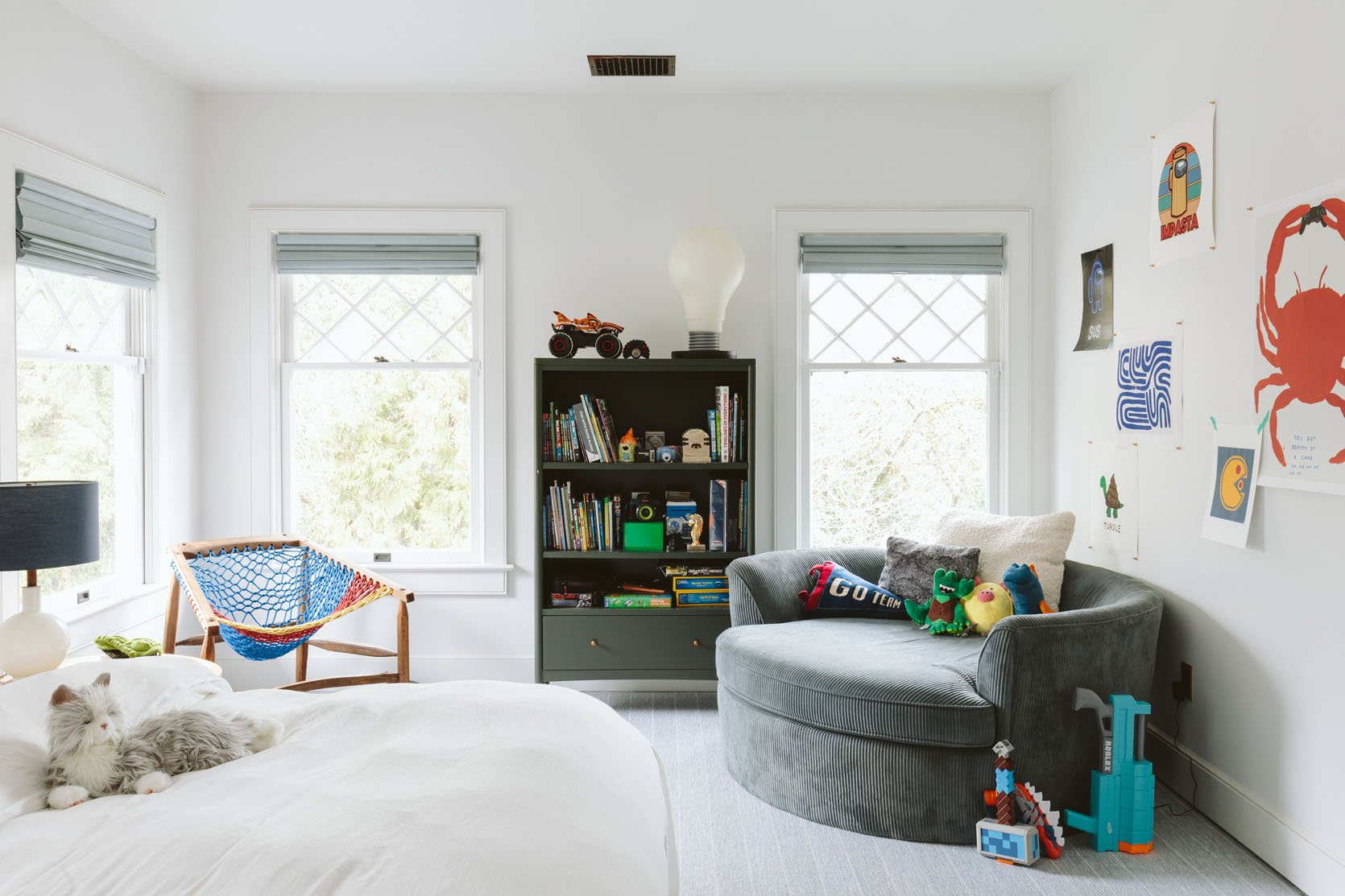
The room ultimately demonstrates how selecting permanent finishes with narrow stylistic direction can lock a space into a single phase. In children’s interiors, allowing the environment to grow and change with the occupant can result in a space that remains functional, comfortable, and visually cohesive for many years.

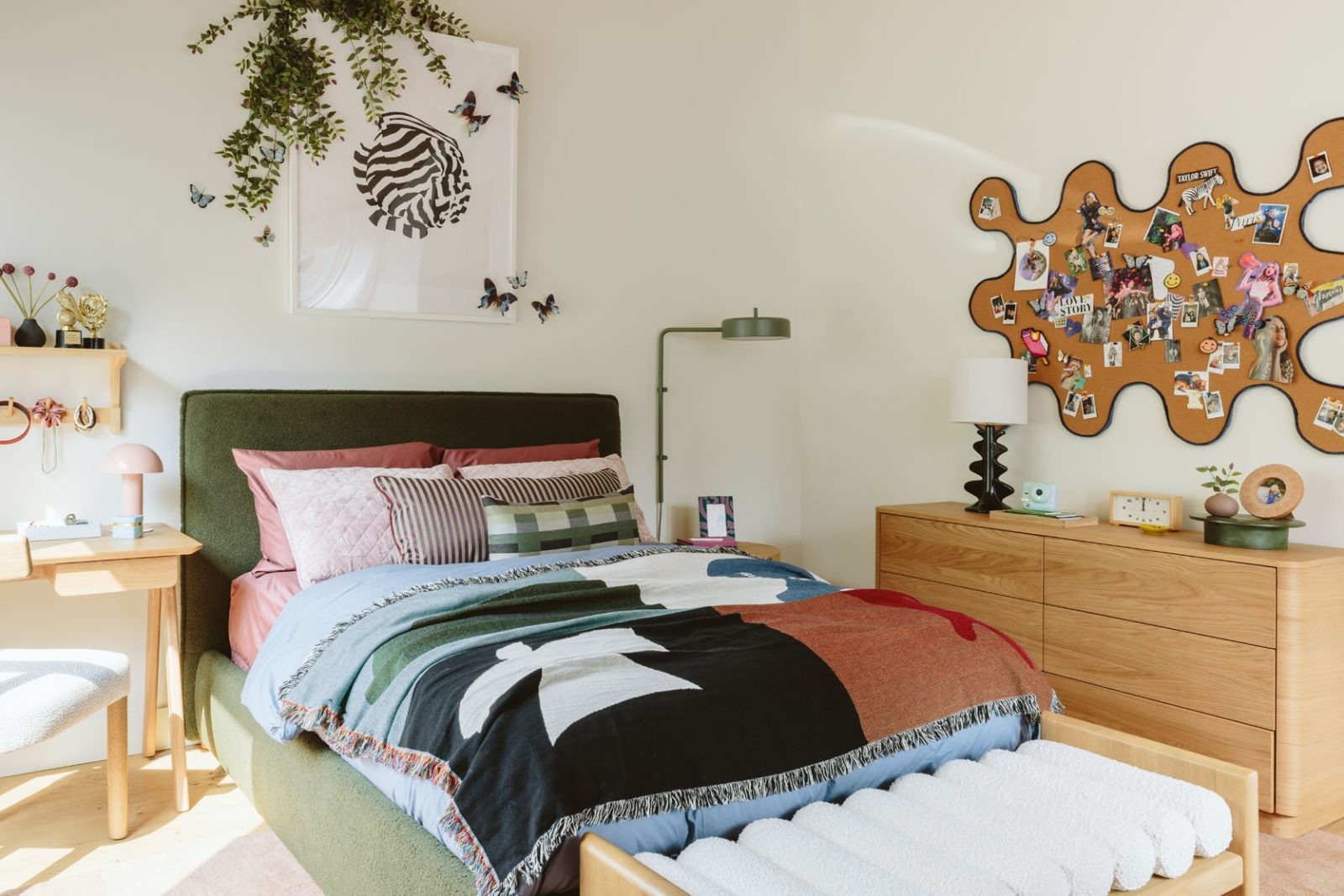
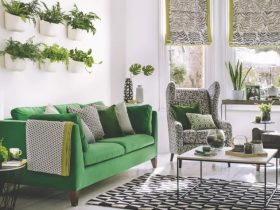

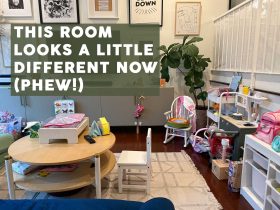

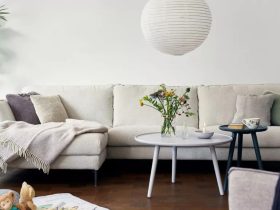
Leave a Reply